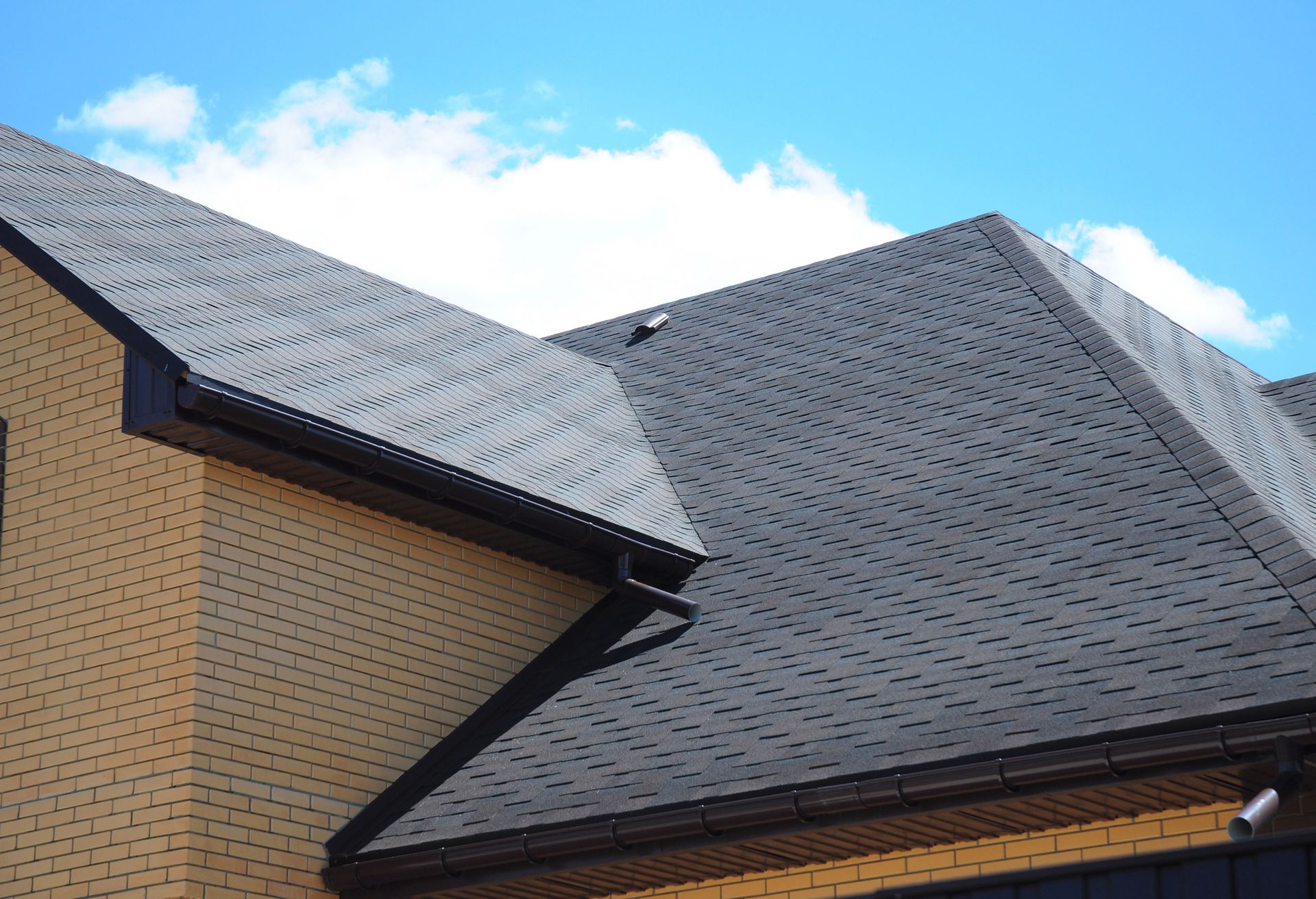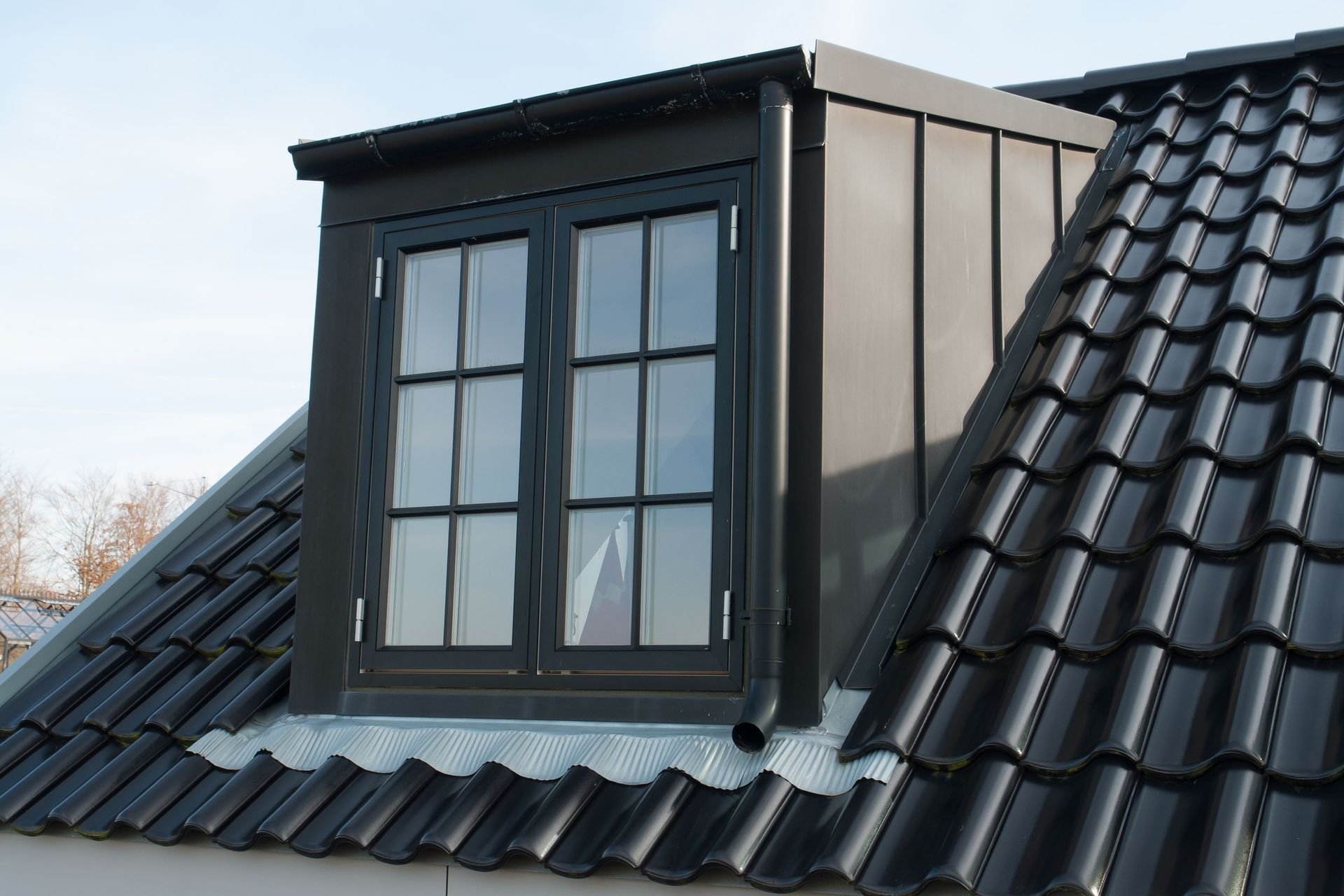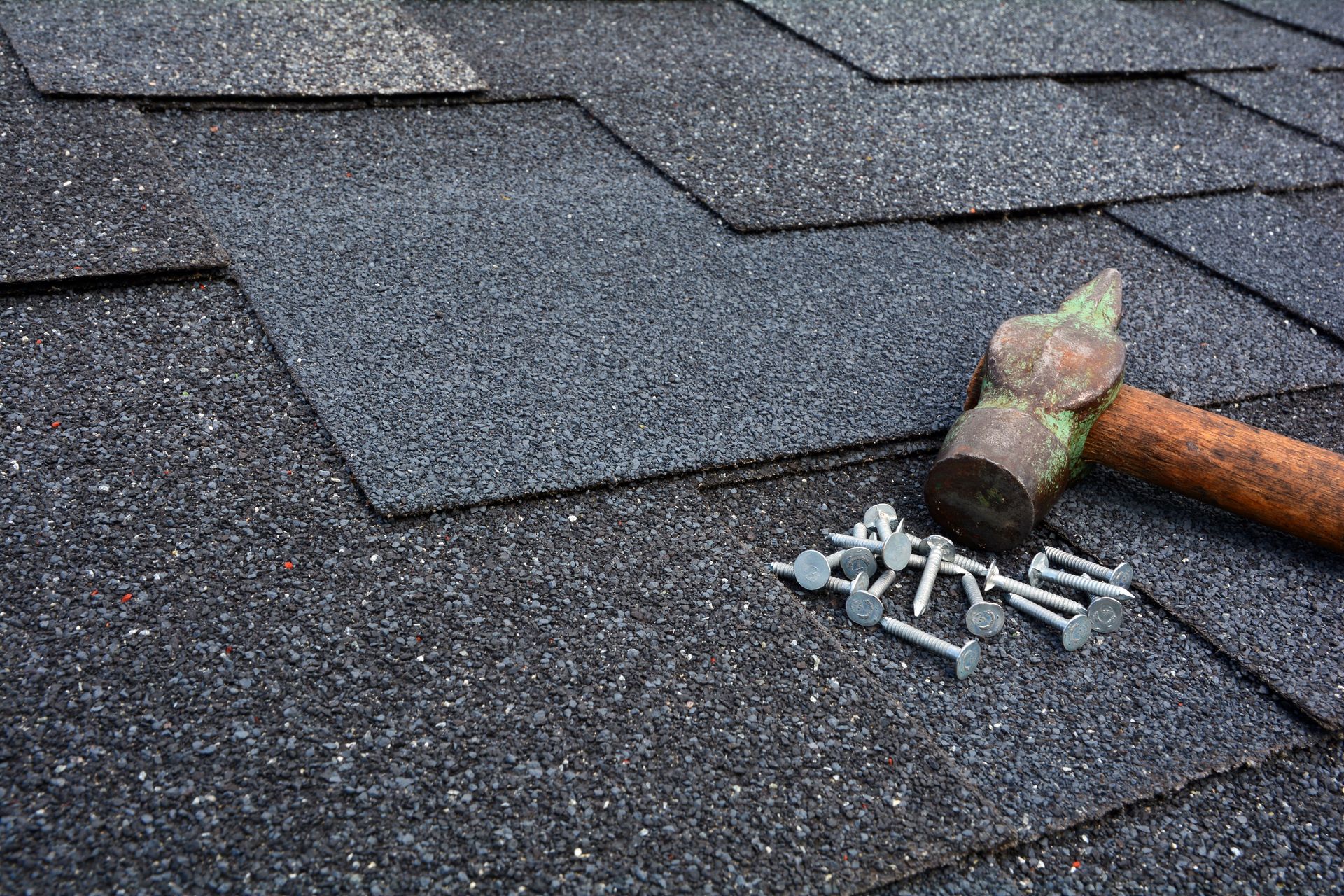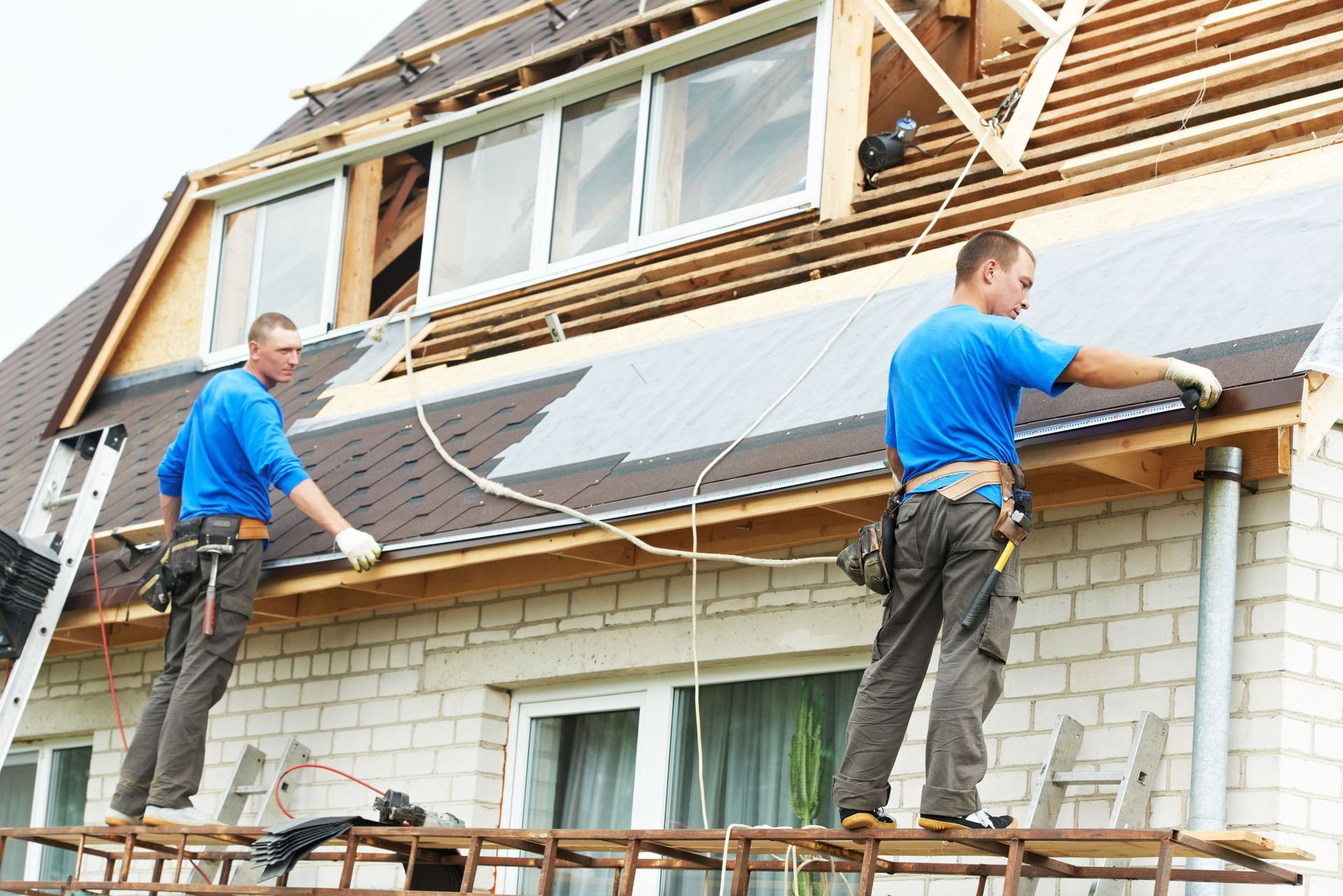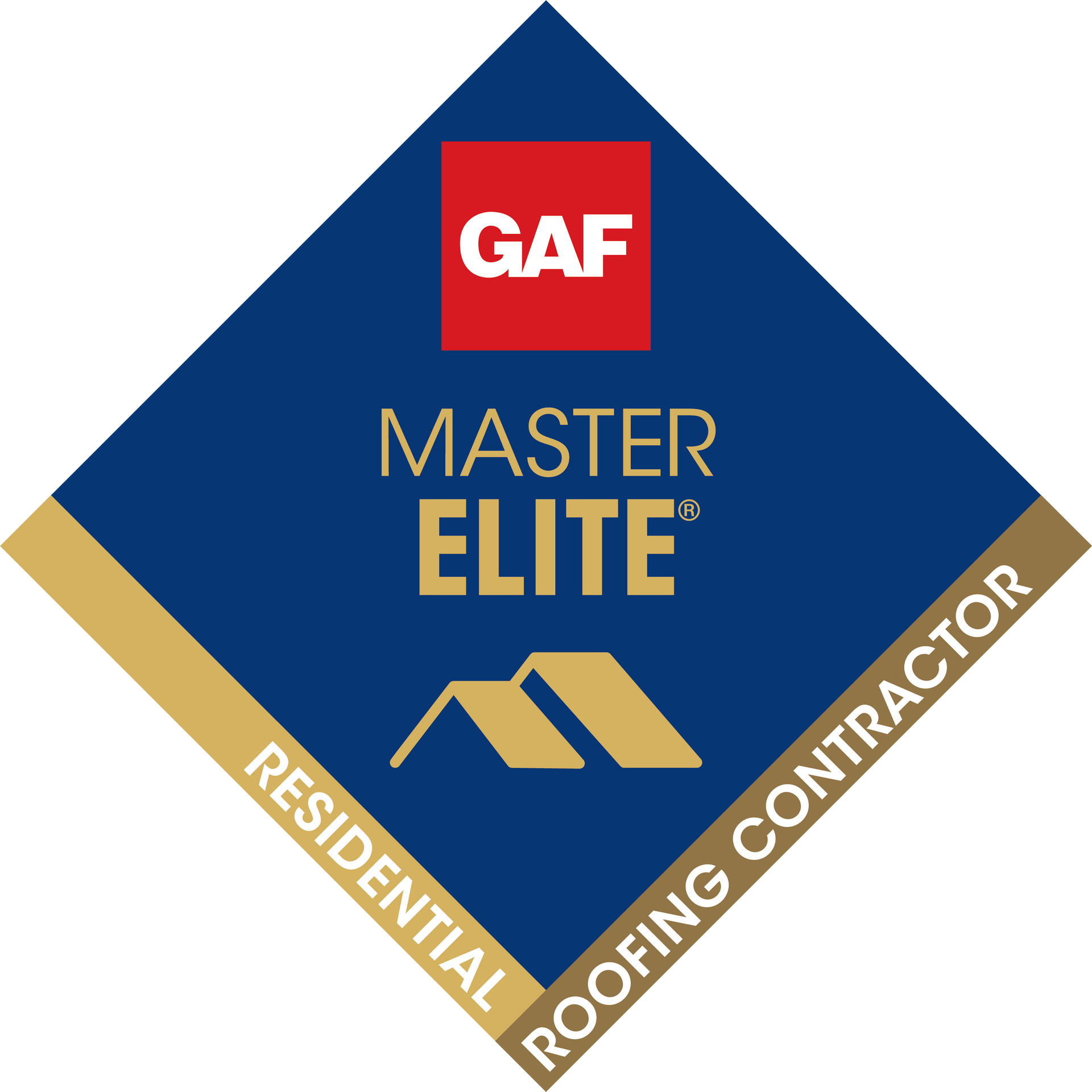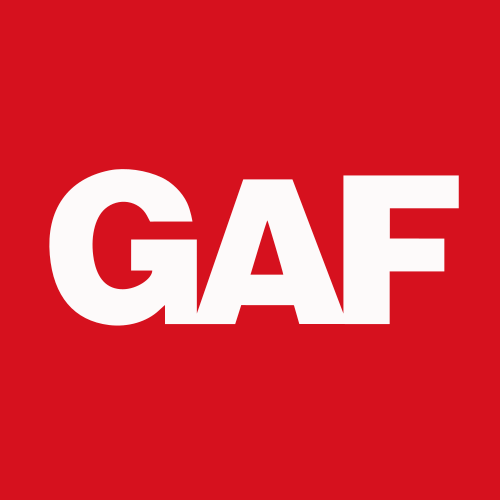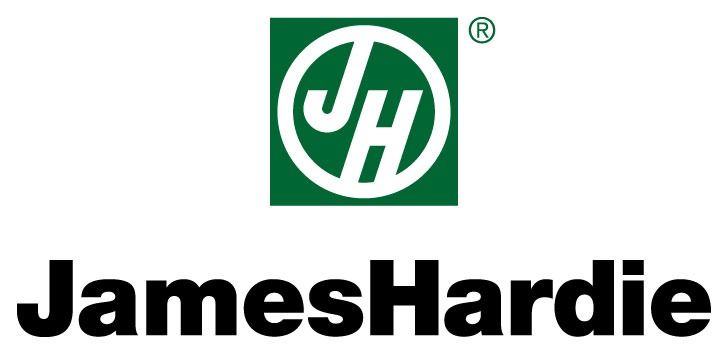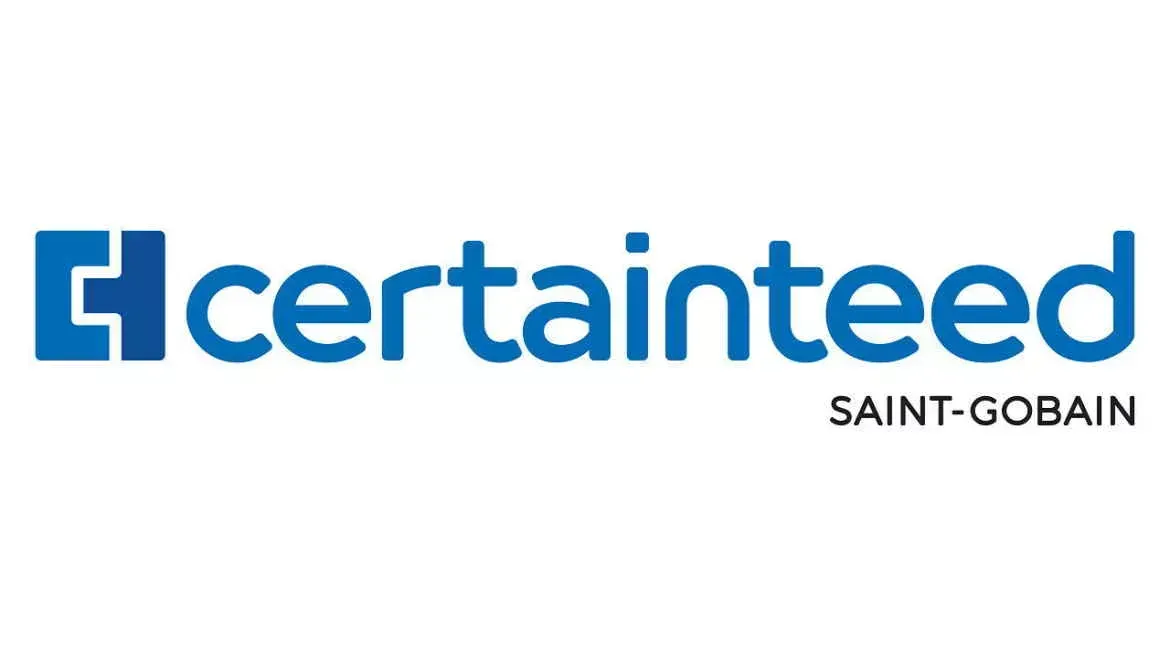November 25, 2025
Roofing maintenance plays a vital role in household upkeep for any homeowner. Regular checks and balances on your roofing system can prevent significant issues from escalating into costly repairs. This article presents expert tips and insights from a local roofer, offering detailed advice on effectively maintaining your roof. By understanding and applying these strategies, homeowners can extend the lifespan of their roofs and safeguard their investment. With potential issues ranging from minor leaks to fully compromised roofing structures, these tips form a crucial part of responsible home ownership.
Regular Roof Inspections
Conducting regular roof inspections, especially during seasonal transitions, is a cornerstone of preventive maintenance. Seasonal changes often bring varying weather conditions that can impact roof integrity. By scheduling inspections in the spring and fall, homeowners can catch potential issues early on. This proactive approach not only extends the life of the roofing system but also saves money down the line. In regions prone to extreme weather, these inspections are particularly critical.
A thorough inspection should cover several key areas to ensure comprehensive maintenance. Flashing around chimneys and skylights often deteriorates faster due to its exposure to water and movement. Additionally, shingles should be checked for signs of wear, such as curling or missing material. Gutters, often overlooked, should be examined for clogs or damage that can lead to water backup. Lastly, the attic space should be inspected for any signs of leaks or mold, which can indicate problems with the roof structure.
Spotting early signs of damage can prevent small problems from becoming major repairs. Homeowners should look for signs such as water stains on ceilings and walls, which can indicate a leak. Outside, missing or broken shingles might signal your roof is nearing the end of its life. Eaves and overhangs should be checked for signs of rot or mildew. Identifying these issues early can save costs and prevent additional damage to the home's structural integrity.
When it comes to detailed roof assessments, hiring a professional roofer brings essential expertise. A professional inspection provides a thorough evaluation that is both comprehensive and accurate. Roofers possess the equipment and knowledge to perform maintenance beyond what a homeowner might notice. Furthermore, they can provide repair services if they uncover damages that need immediate attention. Engaging experts ensures that inspections are up to standard and cover all necessary areas.
Though professional inspections are critical, homeowners can conduct their own cursory checks to monitor roof health. Basic tools such as binoculars can be used for closer examination from the ground, avoiding the risks associated with ladder work. Homeowners should start by observing if there are any shingle granules in gutters, a sign of roof aging. Regular self-inspections can help track changes over time and identify when professional intervention is needed. Maintaining a log of observations can also assist in discussions with roofing professionals.
Gutter Maintenance and Cleaning
Gutters play a pivotal role in maintaining the health of your roofing system by directing water away from the roof and foundation. Without proper function, gutters can allow water to accumulate, leading to leaks and rot. A well-maintained gutter ensures that rainwater and debris are effectively channeled away. This not only protects the roof but also prevents water damage to adjacent structures. Regular gutter maintenance thus becomes essential to the resilience of a roofing system.
Recognizing the signs that gutters require cleaning is key to preventing roofing problems. Overflowing gutters during rain indicate blockages that need to be addressed. Sagging gutters might signal trapped water or debris, leading to additional weight. Corrosion or rust spots indicate that the gutter material is deteriorating and might fail soon. Regular observation ensures gutters are functioning optimally and problem areas are addressed promptly.
Cleaning gutters effectively requires the right tools and techniques to ensure no damage is done to the roof or gutters. A sturdy ladder, gloves, and a trowel are basic tools required for manual cleaning. For those who prefer minimal contact, a gutter cleaning scoop or a garden hose with a high-pressure nozzle can be useful. Ensuring complete cleaning also involves checking and unclogging downspouts. Regular cleaning not only maintains efficiency but also helps prevent rust and decay.
Beyond cleaning, preventing common gutter issues involves addressing underlying challenges in design and maintenance. Regular inspections should monitor attachment points for signs of failure or corrosion. Also, ensuring proper slope and alignment prevents water pooling. Leaf guards and gutter guards can be installed to minimize debris accumulation. By mitigating these issues proactively, homeowners can reduce roof-related problems considerably.
Roof Leaks Addressed Promptly
Many factors contribute to roof leaks, often involving a combination of material age and weather exposure. Flashing failures are a common culprit, usually resulting from environmental wear and installation issues. Storm damage, such as hail or high winds, can also compromise roofing materials or dislodge components. Additionally, blocked gutters causing water backup can extend leakage issues. Understanding these causes helps in taking timely corrective measures to mitigate water intrusion.
In emergencies, temporary fixes can help manage leaks until professional help arrives. Covering immediate leak points with a tarp or plastic sheeting can minimize further water entry. Applying roof sealant around leaks can provide a temporary barrier against water intrusion. Duct tape, although not a permanent solution, can be useful in sealing small breaches temporarily. Having these materials on hand can buy crucial time during severe weather events.
While temporary solutions can manage short-term issues, professional repairs ensure lasting solutions to roof leaks. Professional roofers are trained to identify the source of leaks accurately and conduct thorough, lasting repairs. This is particularly important because water can travel long distances, making the origin of leaks hard to pinpoint. Engaging experts not only resolves current leakage issues but also prevents recurrence. Investing in professional services safeguards the roof's long-term integrity.
To prevent future leaks, homeowners should adopt a proactive maintenance strategy. Regular roofing inspections check for wear and tear that can lead to breaches. Ensuring proper installation of flashing and using quality sealants can prevent water ingress at vulnerable joints. Seasonal maintenance, particularly after high-wind or hail events, checks for damage and secures loose components. By actively preventing issues, homeowners can diffuse potential leak scenarios.
Roof Ventilation and Its Benefits
An adequately ventilated roof has a significant correlation with its longevity and efficiency. Proper ventilation helps regulate temperature differences throughout different seasons. Preventing heat from accumulating in the attic during summer reduces the burden on the roof material, thereby extending its lifespan. Additionally, ventilation prevents condensation, which can cause water damage or increase the load on the roofing system. According to This Old House, slate roofing, known for its longevity of up to 150 years, also benefits significantly from proper ventilation systems.
Poor roof ventilation often presents with noticeable symptoms, signaling a need for corrective action. Homeowners may notice excessive heat buildup in attic spaces during warm weather. During colder weather, inadequate ventilation can lead to ice dams or frost within the attic. Increased energy bills due to compromised household heating and cooling efficiency are also indicators. Recognizing these signs early can guide timely improvements in ventilation systems.
Several types of roof ventilation systems cater to different home designs and climates. Ridge vents, installed along the top of the roof, offer consistent ventilation and blend aesthetically. Soffit vents are commonly used in combination with attic ventilators, allowing air intake from under the eaves. Power vents utilize electric fans to improve airflow, ideal for homes with heavy attic usage. Selecting the right system involves considering architectural design and local climate conditions.
Seasonal Roof Maintenance Tasks
As winter approaches, preparing your roof becomes crucial to withstand cold temperatures and potential snow loads. Checking and reinforcing insulation in the attic helps manage the freeze-thaw cycle and prevents ice damming. Clearing gutters and downspouts ensures meltwater can flow freely rather than accumulating on the roof. It's also the time to address any immediate repairs to flashing or shingles before the onset of harsh winter conditions. These preparatory measures help mitigate winter-related roofing issues significantly.
Spring represents a time to inspect roofs after winter's exposure to harsh conditions, potentially leaving behind damage or hidden issues. Removing debris from roof valleys and gutters is necessary to prevent blockages. This is also an opportunity to inspect shingles for winter damage, ensuring they aren't cracked, missing, or warped. Checking for any leaks or moisture intrusions within the attic is another crucial step. Comprehensive spring cleaning sets the stage for a trouble-free summer season.
Summer invites opportunities for extensive roof care, utilizing favorable weather conditions. Conducting thorough inspections can help identify damage sustained during previous instrumental periods, like winter or spring. It's an ideal time for repairs and the application of protective coatings that help mitigate UV damage. Regular summer maintenance ensures roofs are prepared for increased exposure and potential heat-related wear. Sustained attention during summer reduces the likelihood of heat-induced roofing issues.
The insights gathered from local roofing experts stress the critical importance of regular roof maintenance. By incorporating seasonal inspections, effective gutter management, prompt leak repairs, and proper ventilation, homeowners can confidently preserve their roof's longevity. The complementing factors of regional adaptation, technological innovations, and energy efficiency enhancements set the groundwork for resilient roofing strategies. Engaging professionals for specialized services ensures roof systems perform optimally, preserving home and investment integrity over time. For a
local roofer you can count on, contact Top Notch Roofing Siding today.
